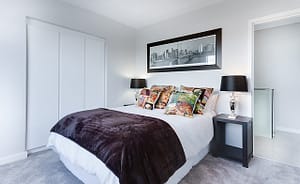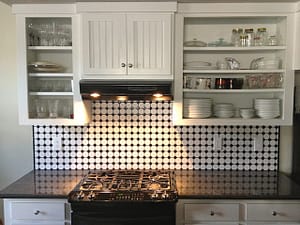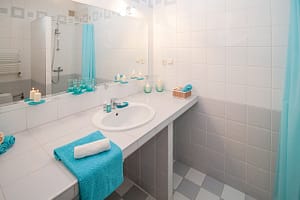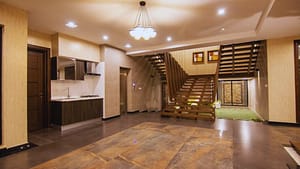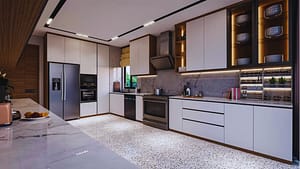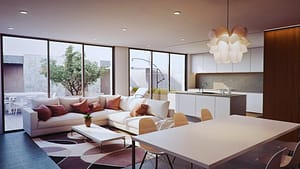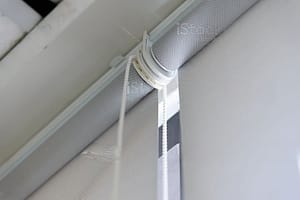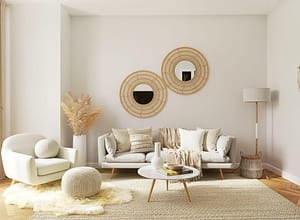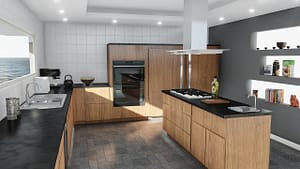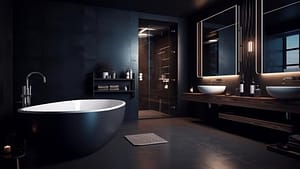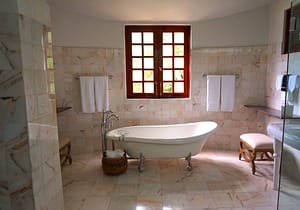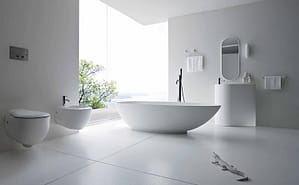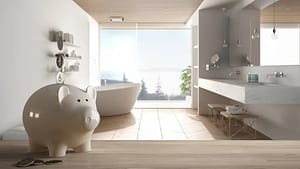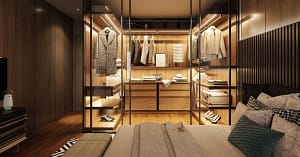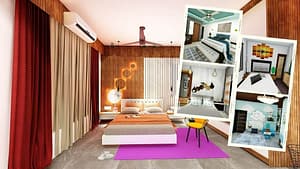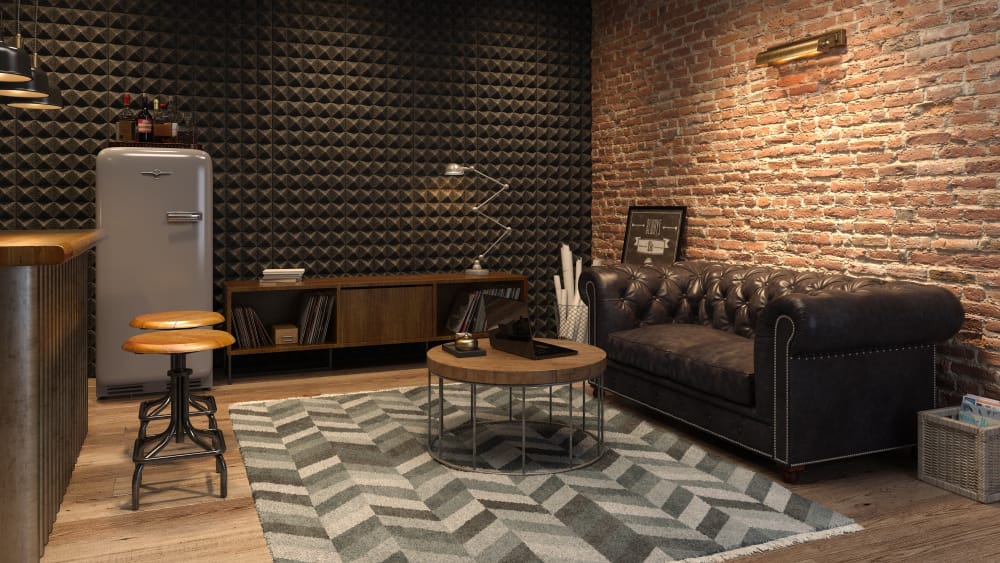
Are you looking for a way to improve the sound quality of your interior space without compromising on style? Printed acoustic panels offer a highly effective sound absorption and noise control solution. These large, soft-furnished panels are designed to remove residual sound in any room, making them a critical component of sustainable interior design.
Here is a comprehensive guide that will help you better understand the fundamentals of printed panels for sound absorption and noise control. This guide includes answers to important questions, such as:
- What is an acoustic panel, and how do they work?
- When is it appropriate to use acoustic panels?
- Where should printed panels be installed in interior spaces for maximum effectiveness of noise control and sound absorption?
As you conclude this guide, you will have gained a comprehensive comprehension of acoustic panels and their potential to influence the acoustics of your indoor area. So, let us dive into the world of printed acoustic panels, which aid in sound absorption and noise control.
What are acoustic panels, and how do they work?
If you have ever been in a room with poor acoustics, you know how uncomfortable and irritating it can be. Echoes, reverberations, and noise pollution can make communicating, concentrating, and relaxing challenging. That’s precisely where acoustic panels come to the rescue.
Acoustic panels are specially designed panels made from materials that absorb sound waves, helping to improve the acoustics of a room. These panels are a popular choice in spaces where sound quality is essential, such as recording studios, concert halls, and conference rooms, as well as in homes and offices that require noise control.
By minimising the amount of sound energy that bounces back into the area, the purpose of acoustic panels is to create a quieter environment. When sound waves hit the panel’s surface, they are absorbed by its materials, including foam, fibreglass, or mineral wool. The absorbed sound energy is then converted into heat energy and dissipated, resulting in a quieter and more comfortable space.
There are two main acoustic panels for the uninitiated: absorptive and diffusive. As the names suggest, absorptive panels are designed to absorb sound waves, while diffusive panels are designed to scatter sound waves in different directions. You can achieve a balanced and optimised acoustic environment by strategically placing a combination of absorptive and diffusive panels in a room.
Likewise, printed panels are acoustic panels offering a versatile sound absorption and noise control solution. Also, these panels are customizable to complement your decor, making them a popular choice in sustainable interior design. With various materials, designs, and installation options available, there is a suitable acoustic panel for every need and preference.
When is it appropriate to use acoustic panels?
Acoustic panels are great for places where you need to control sound quality and noise. Let us check out some situations where they can be helpful:
- Recording studios: Acoustic panels can reduce background noise and echoes for clean recordings.
- Home theatres: They can improve the sound quality for a cinematic experience.
- Conference rooms: Acoustic panels can improve speech clarity and minimise background noise.
- Open office spaces: Printed Panels can reduce sound transmission and make the space more comfortable and productive.
- Homes: They can reduce noise from outside or between rooms and add a decorative touch.
The question that likely comes to mind is, where should one install acoustic panels within their interior spaces to reap the greatest rewards?
Where should printed panels be applied in interior spaces for maximum effectiveness in sound absorption?
Strategically placing acoustic panels in the interior spaces is important to make the most of acoustic panels for sound absorption. Generally, for noise control, the best spots to install them are walls, ceilings, and corners where sound waves tend to bounce off.
Further, it is also essential to consider the space’s specific requirements before deciding on the placement of the printed acoustic panels. For instance, in recording studios, panels should be placed behind the microphone to prevent echoes. Likewise, panels should be on the walls and ceiling in home theatres to enhance sound quality. Similarly, acoustic panels should be placed between workstations in open offices to minimise noise pollution.
In conclusion, the placement of printed panels should align with the needs of the room and the desired outcome. Thus, appropriate placement can help in sound absorption and, at the same time, promote sustainable interior design.
How do I find the best acoustic panels for my needs?
When searching for the best acoustic panels for your space, there are several factors that you must consider. First, pay attention to the size and thickness of the panels, as thicker panels generally provide better sound absorption. Next, look for acoustic panels with a high NRC (Noise Reduction Coefficient) rating, which indicates how much sound the panels can absorb. To give you an understanding, panels with an NRC rating equal to or greater than 0.9 are deemed highly efficient.
Moving ahead, aesthetics are also an important consideration when choosing acoustic panels. Look for panels that come in a range of colours and finishes to suit the design of your space. Some printed panels even come with patterns or designs that add a decorative touch while providing sound absorption.
Besides, the surface pattern of the panel can also affect its sound absorption capabilities. Some panels have a flat surface, while others have a textured surface that can help scatter sound waves. Similarly, the shape of the panel can affect its absorption capabilities, with some shapes being more effective at absorbing certain sound frequencies.
When selecting panels, choose sustainable materials and prioritise durability to reduce waste. By considering all of these factors, you will surely find the most suitable acoustic panels for your space that effectively absorb sound and do not harm the environment.
Final Words
In conclusion, printed acoustic panels offer a versatile and effective solution for sound absorption and noise control, making them an essential component of sustainable interior design for spaces that need noise control.
When choosing acoustic panels, consider factors such as thickness, NRC rating, surface pattern, shape, and aesthetics. Doing so allows you to balance functionality, design, and sustainability and create a comfortable, productive, and beautiful space.
So go ahead and try out printed acoustic panels in your home or office today!
